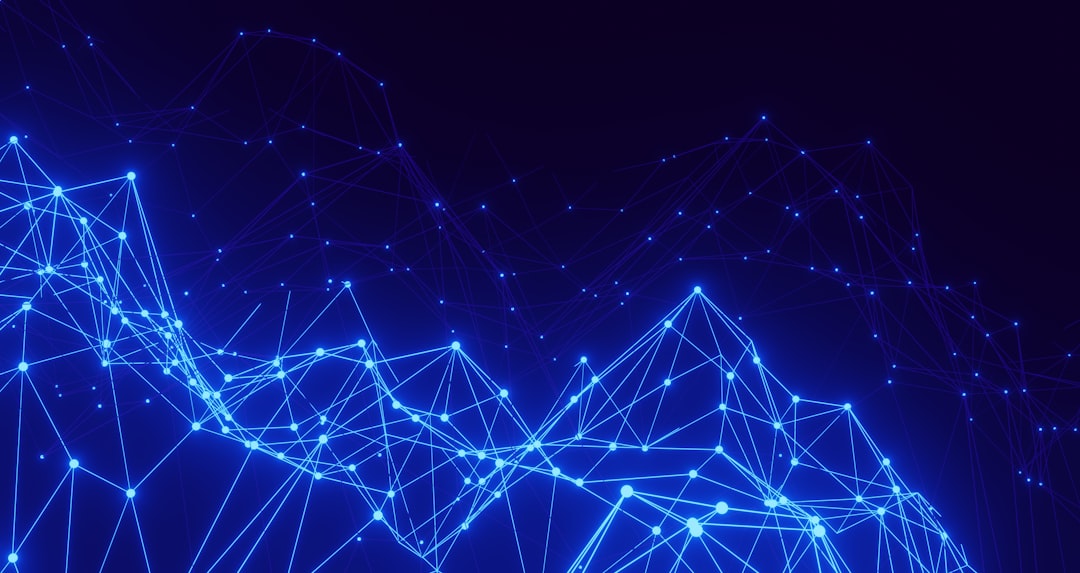The Internet of Things (IoT) is a revolutionary technology that is changing the way we live, work, and interact with the world around us. In simple terms, IoT refers to the network of interconnected devices that are capable of collecting and exchanging data over the internet without requiring human intervention. These devices can range from everyday objects like smartphones and smart home appliances to specialized equipment used in industries like healthcare and manufacturing.
The concept of IoT has been around for several decades, but recent advancements in technology have made it more accessible and affordable than ever before. The key to IoT is the ability to connect devices and sensors to the internet, allowing them to communicate with each other and with centralized systems for data analysis and control.
One of the main drivers behind the rise of IoT is the proliferation of smart devices and sensors that are becoming increasingly affordable and easy to deploy. These devices can collect a wide range of data, from temperature and humidity levels to motion and sound detection, allowing businesses and individuals to monitor and control their environments in real-time.
For example, IoT technology is being used in smart home systems to automate tasks like turning lights on and off, adjusting the thermostat, and monitoring security cameras remotely. In healthcare, IoT devices are being used to monitor patients’ vital signs and send alerts to healthcare providers in case of emergencies. In manufacturing, IoT sensors are used to track the performance of machines and equipment, allowing companies to optimize their processes and reduce downtime.
The potential applications of IoT technology are virtually limitless, and its impact on industries ranging from agriculture and transportation to energy and retail is already being felt. By connecting devices and sensors to the internet, businesses can gain valuable insights into their operations, improve efficiency, and reduce costs.
However, with great power comes great responsibility, and the rapid proliferation of IoT devices also raises concerns about data privacy and security. Since these devices are constantly collecting and transmitting data over the internet, they are vulnerable to hacking and cyberattacks. In recent years, there have been several high-profile cases of IoT devices being compromised, leading to data breaches and privacy violations.
To address these concerns, manufacturers and developers are working to improve the security of IoT devices by implementing encryption, authentication, and other cybersecurity measures. Additionally, regulatory bodies are developing guidelines and standards to ensure that IoT devices meet minimum security requirements.
In conclusion, IoT technology has the potential to revolutionize the way we live and work by connecting devices and sensors to the internet and allowing them to communicate and exchange data. While the technology is still in its early stages, its impact on industries and society is already being felt, and its potential applications are virtually limitless. As with any emerging technology, it is important to be mindful of the potential risks and challenges that come with IoT and to take steps to address them proactively.

